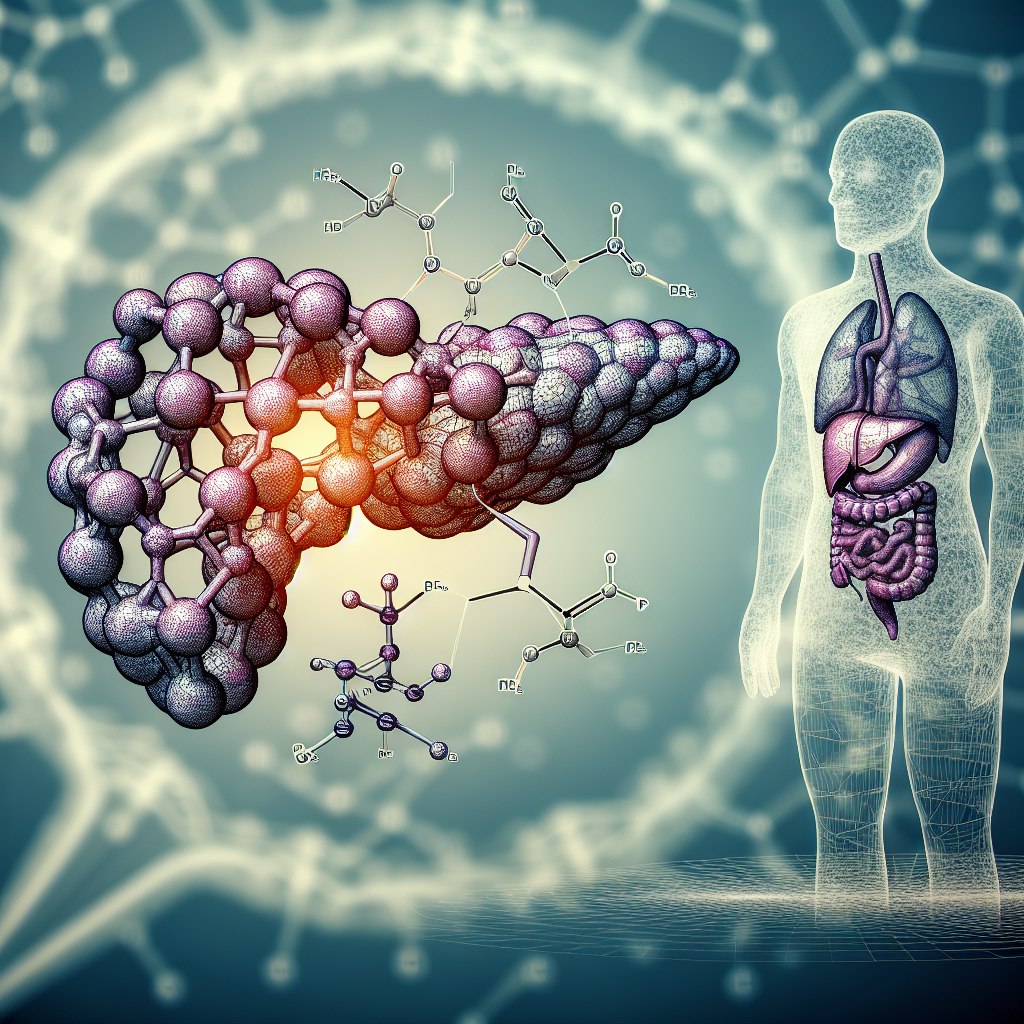
🧪 Innovative Breakthrough in Chronic Pancreatitis Treatment Researchers at Northwestern University have developed a groundbreaking antioxidant biomaterial that could potentially provide much-needed relief for individuals suffering from chronic pancreatitis. This significant advancement was highlighted in a study published on June 7 in the journal Science Advances.
🧬 Chronic Pancreatitis and the Need for New Treatments Chronic pancreatitis is a severe condition that often leads to the surgical removal of the pancreas. Before this procedure, surgeons typically harvest insulin-producing tissue clusters called islets and transplant them into the liver’s vasculature. This process aims to preserve the patient’s ability to regulate blood-glucose levels without the need for insulin injections. However, this transplantation method destroys 50-80% of islets, resulting in one-third of patients becoming diabetic post-surgery. Within three years, 70% of these patients require insulin injections, which can cause weight gain, hypoglycemia, and fatigue.
🔬 New Transplantation Site: The Omentum In a novel approach, researchers transplanted islets from the pancreas to the omentum, a large, flat, fatty tissue covering the intestines, instead of the liver. They used an inherently antioxidant and anti-inflammatory biomaterial that quickly transforms from a liquid to a gel at body temperature to create a healthier microenvironment for the islets.
🐭 Successful Animal Studies In studies involving mice and non-human primates, the gel prevented oxidative stress and inflammatory reactions, significantly improving the survival and function of transplanted islets. This is the first instance of a synthetic antioxidant gel being used to preserve transplanted islets.
👨🔬 Expert Insight “Although islet transplantation has improved over the years, long-term outcomes remain poor,” said Guillermo A. Ameer, a professor at Northwestern who led the study. “We have engineered a cutting-edge synthetic material that provides a supportive microenvironment for islet function. In animal tests, it maximized islet function and restored normal blood sugar levels while reducing the insulin units required.”
🩺 Implications for Patients This new approach could mean that patients will no longer have to choose between enduring the physical pain of chronic pancreatitis and the complications of diabetes. Jacqueline Burke, a research assistant professor of biomedical engineering at Northwestern and the study’s first author, emphasized the potential to significantly improve patients’ quality of life.
💉 Challenges with Current Standard of Care For patients living without a pancreas, managing blood-sugar levels is a lifelong challenge. Islets secrete insulin in response to glucose, helping maintain glycemic control. Without functioning islets, patients must closely monitor their blood-sugar levels and frequently inject insulin. This can lead to complications such as blindness and amputation due to out-of-range blood glucose levels.
🩸 Inadequacies of Current Transplantation Methods The current method of transplanting islets to the liver via portal vein infusion has several complications. Direct contact with blood flow triggers an inflammatory response, killing more than half of the islets and causing dangerous clots in the liver. Therefore, physicians and researchers have been seeking alternative transplantation sites.
🔬 Previous Studies and Innovations In previous clinical studies, islets were transplanted to the omentum using plasma from patients’ blood to form a biologic gel. While this method showed promise, issues like clotting and inflammation persisted.
🧪 The Role of Citrate-Based Biomaterials Ameer turned to citrate-based biomaterials with inherent antioxidant properties developed in his laboratory. These materials, already approved by the FDA for musculoskeletal surgeries, can control the body’s inflammatory responses. Ameer investigated whether a biodegradable, temperature-responsive phase-changing version of these biomaterials would offer a superior alternative to biologic gels derived from blood.
🔍 Laboratory Success In cell cultures, both mouse and human islets stored in the citrate-based gel maintained viability much longer than in other solutions. When exposed to glucose, the islets secreted insulin, demonstrating normal functionality. Moving beyond cell cultures, Ameer’s team tested the gel in small and large animal models. At room temperature, the material is liquid, but it becomes a gel at body temperature, making it easy to apply and keep in place.
🔬 Promising Animal Study Results In animal studies, the gel effectively secured the islets onto the omentum. Compared to current methods, more islets survived, and over time, the animals restored normal blood glucose levels. This success is attributed to the new material’s biocompatibility and antioxidant properties.
🌱 Protecting Islets with Antioxidant Properties “Islets are very sensitive to oxygen,” Ameer explained. “They are affected by both too little and too much oxygen. The material’s innate antioxidant properties protect the cells. Plasma from your own blood doesn’t offer the same level of protection.”

🩺 Integration into Tissues After about three months, 80-90% of the biocompatible gel was resorbed by the body. By that time, it was no longer needed as the islets had regenerated blood vessels, forming a network to keep them alive and healthy. This major breakthrough suggests that the gel helps the body to support the islets naturally over time.
🔮 Future Directions Ameer plans to test his hydrogel in animal models over a longer period. He also sees potential for this hydrogel in various cell replacement therapies, including using stem cell-derived beta cells for treating diabetes.
📄 Study and Support The study, “Phase-changing citrate macromolecule combats oxidative pancreatic islet damage, enables islet engraftment and function in the omentum,” was supported by the U.S. Department of Defense and the National Science Foundation. This research opens new doors for treating chronic pancreatitis and improving the quality of life for affected individuals.



















